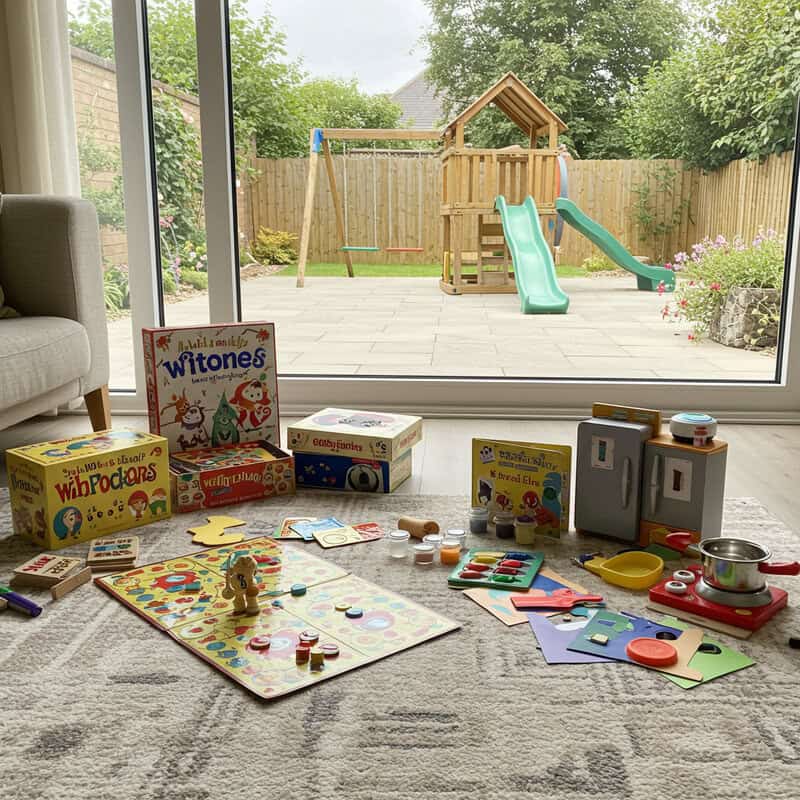Balancing children’s screen time is a common challenge for modern families, especially as digital devices become an everyday part of learning and entertainment. Excessive screen use can impact sleep, behavior, and social skills, making it crucial to set healthy boundaries.
However, enforcing limits often leads to pushback or frustration. The good news is, with the right approach, parents can encourage healthier habits without triggering power struggles. This article explores actionable, research-backed strategies to help families reduce screen time peacefully.









